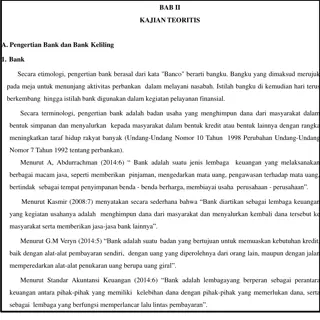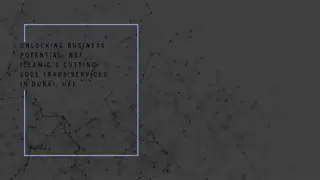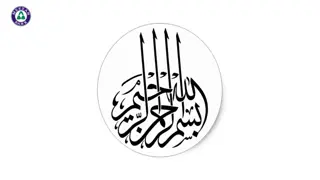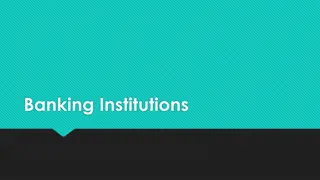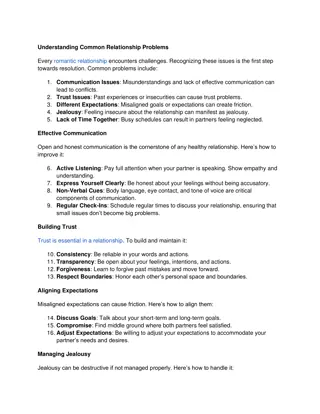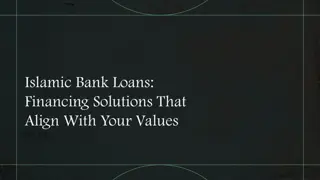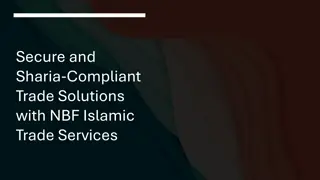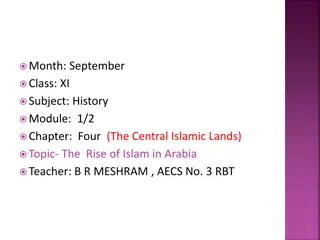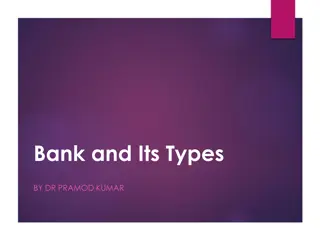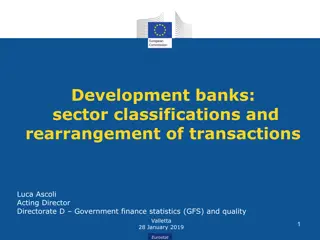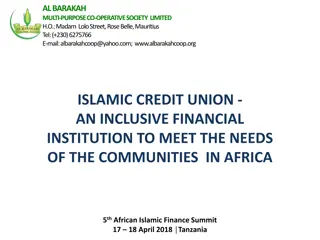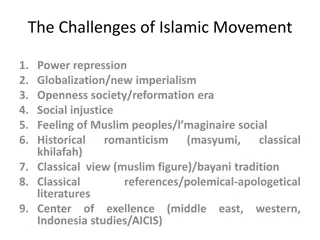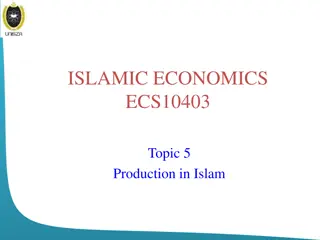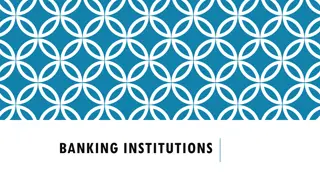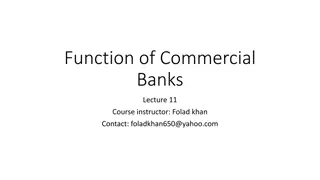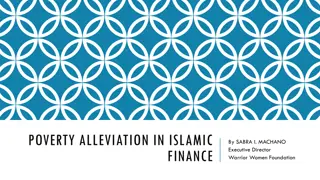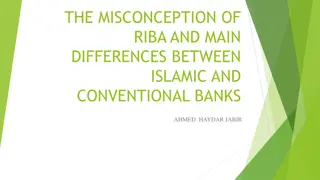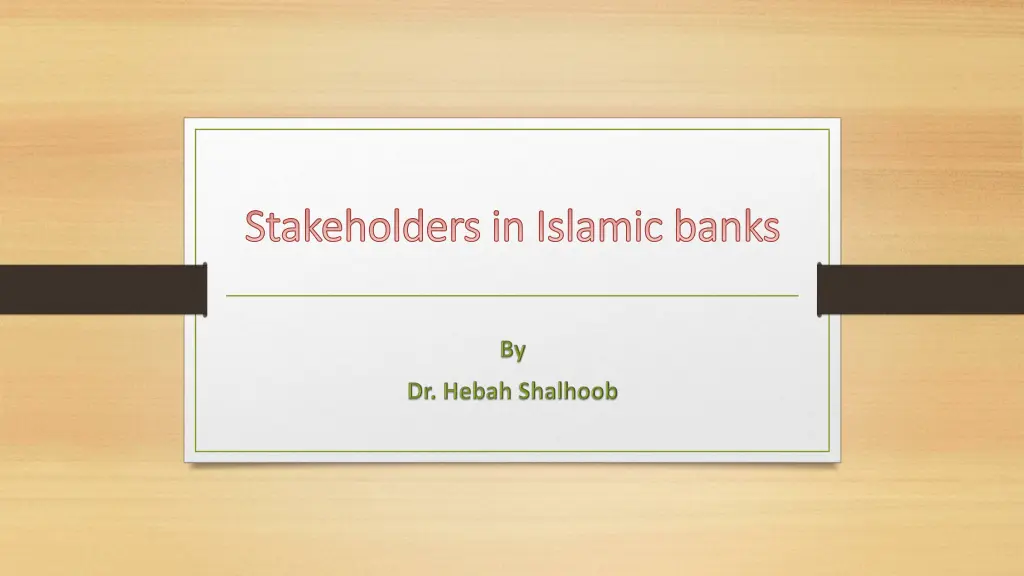
Key Stakeholders in Islamic Banking and Their Impact
Learn about the essential stakeholders in Islamic banks and how they influence strategy, performance, and financial strength. Owners/Financiers, customers, employees, and management play crucial roles in shaping the success of Islamic banking institutions.
Download Presentation

Please find below an Image/Link to download the presentation.
The content on the website is provided AS IS for your information and personal use only. It may not be sold, licensed, or shared on other websites without obtaining consent from the author. If you encounter any issues during the download, it is possible that the publisher has removed the file from their server.
You are allowed to download the files provided on this website for personal or commercial use, subject to the condition that they are used lawfully. All files are the property of their respective owners.
The content on the website is provided AS IS for your information and personal use only. It may not be sold, licensed, or shared on other websites without obtaining consent from the author.
E N D
Presentation Transcript
Stakeholders in Islamic banks Stakeholders in Islamic banks
Introduction The identified stakeholders depend on the sector which they are working, whether the organization is government or private, and which individuals or organizations have an interest, either directly or indirectly in the project (Buechner, C. W., 2008). When considering the banking sector, especially Islamic banks, the stakeholders often play the key roles in the formulation of the bank's strategy, business management and affecting its financial strength. quality performance, in turn
Introduction continued Freeman (1984, 2001) considers the claims of all stakeholders (defined as employees, management, owners/financiers, customers, suppliers and the community) as equally valid, and Islam recognizes the fact that the owners/ financiers of a firm have the right to make a profit, but not at the expense of the claims of various other stakeholders (Beekun and Badawi, 2005). Freeman (1984) also suggests that Islam does not view all stakeholders as having equal claims. Owners/financiers management) form part of a first priority group of stakeholders; the next group include suppliers and customers, and the final group includes all external parties (Beekun and Badawi, 2005). and employees (including
Figure 1.1 Stakeholders in Islamic Banks
The stakeholders in Islamic banks can be classified into the following groups: Owners/Financiers (Shareholders): It is well known that the owners or shareholders in any sector are the main pillar for any business, as they provide the capital and bear any loss (Mallin, 2007; Olowosegun, 2009; Beekun and Badawi, 2005; cpifinancial, 2009). Customers: The clients are one of the resources that strongly effect on the Bank's results. Some are looking for a place to deposit or invest their money, while the others are looking for money to borrow in order to start a project or to meet other demands. Here, banks are an intermediary between the depositors and the borrowers (Mallin, 2007; Olowosegun, 2009; cpifinancial, 2009).
The stakeholders in Islamic banks can be classified into the following groups continued Employees: In order to obtain better performance in the workplace. Banks must treat the employees according to the standards of performance metrics and compensation systems in order to ensure standards of work. Therefore, the bank can avoid any problems that might happen in future (Olowosegun, 2009; Beekun and Badawi, 2005; cpifinancial, 2009). Management: Management is the main driver for the success of the banks activities, through regulation, development of future plans and decision-making (Olowosegun, 2009; Beekun and Badawi, 2005; cpifinancial, 2009).
The stakeholders in Islamic banks can be classified into the following groups continued Government: Government imposes the economic policies that affect the banks income through taxes and interest rates. Whilst these sources produce incomes for the government, they are also an engine for banks activity through their regulations and laws (Mallin, 2007; Olowosegun, 2009). Suppliers: Banks must recognize the importance of its contractual obligations to suppliers, and share information that facilitates joint business operations. This marks a Bank s integrity and is key to its continued success (Mallin, 2007; Olowosegun, 2009; Beekun and Badawi, 2005; cpifinancial, 2009). Community: The relationship between the bank and the community are correlation. Where a bank contributes to the community it raises its position locally and globally in addition to serving society (Mallin, 2007; Olowosegun, 2009).

